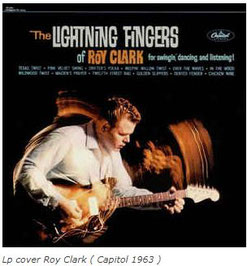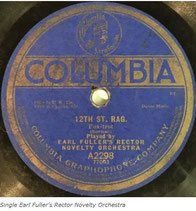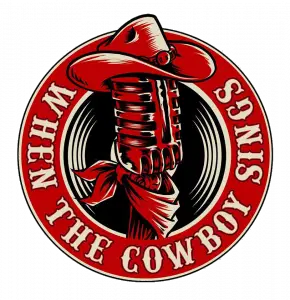 “Twelfth Street Rag” is a ragtime musical composition published by Euday L. Bowman in 1914. Years earlier, a friend of Bowman known only as “Raggedy Ed” declared his intention to open a pawn shop on 12th Street while the two were walking along Item. Bowman is rumored to have said “If you get rich on those three balls, I’ll write a piece on three notes to make myself rich.” The result was “The 12th Street Rag,” one of the most famous and best-selling rags of the ragtime era. Since then the song has become a durable jazz standard. The first recording was recorded by Earl Fuller’s Rector Novelty Orchestra for the Columbia label on June 1, 1917.
“Twelfth Street Rag” is a ragtime musical composition published by Euday L. Bowman in 1914. Years earlier, a friend of Bowman known only as “Raggedy Ed” declared his intention to open a pawn shop on 12th Street while the two were walking along Item. Bowman is rumored to have said “If you get rich on those three balls, I’ll write a piece on three notes to make myself rich.” The result was “The 12th Street Rag,” one of the most famous and best-selling rags of the ragtime era. Since then the song has become a durable jazz standard. The first recording was recorded by Earl Fuller’s Rector Novelty Orchestra for the Columbia label on June 1, 1917.
 Roy Clark’s version was recorded for the Capitol label on November 14, 1961, at Capitol Recording Studio, 1750 North Vine St., Hollywood, CA. Four songs were recorded during the recording session, Roy was accompanied in the session by: Billy Strange (guitar), Churly Chalker (steel), Howard Roberts (bass guitar), Mark Tully (bass), Marty Alfred (drums), Frank Maio (sax) and Glenn Blair (sax). With the production of Ken Nelson. The song was not released in single.
Roy Clark’s version was recorded for the Capitol label on November 14, 1961, at Capitol Recording Studio, 1750 North Vine St., Hollywood, CA. Four songs were recorded during the recording session, Roy was accompanied in the session by: Billy Strange (guitar), Churly Chalker (steel), Howard Roberts (bass guitar), Mark Tully (bass), Marty Alfred (drums), Frank Maio (sax) and Glenn Blair (sax). With the production of Ken Nelson. The song was not released in single.
The song was included in Roy’s second studio album, The Lightning Fingers Of Roy Clark (Capitol 1963).
As county went uptown in the 1960s, Clark introduced an old standby by jazz bandleader Pee Wee Hunt to the genre’s growing throng of fans. It exemplifies how the dynamic guitarist countrified songs from different genres while building his legacy as a guitar phenom and a well-rounded entertainer. Plus, it made for pre-Hee Haw television magic for Jimmy Dean and other variety show hosts.
Very versioned song, with more than 100 versions, some of them here:
 Earl Fuller’s Rector Novelty Orchestra 1917 ( Columbia )
Earl Fuller’s Rector Novelty Orchestra 1917 ( Columbia )
The Six Brown Brothers 1920 ( Emerson )
All Star Trio 1921 ( Victor )
Georgia Cotton Pickers 1930 ( Harmony )
The Jungle Band 1931 ( Victor )
The Rhythm Wreckers 1937 ( Vocalion )
Joe Daniels & His Hot Shots 1937 ( Parlophone )
Louis Armstrong & His Hot Seven 1940 ( Decca )
Miquel Batlle Garriga
mbatllegarriga@gmail.com














A fine example of why Roy Clark is considered one of the greatest guitarists in history and many the rock and roll stars credit him for inspiring them. His facials (often comical) help sell his unique abilities at playing many instruments and enhanced his performances way before glitz and glamour came along